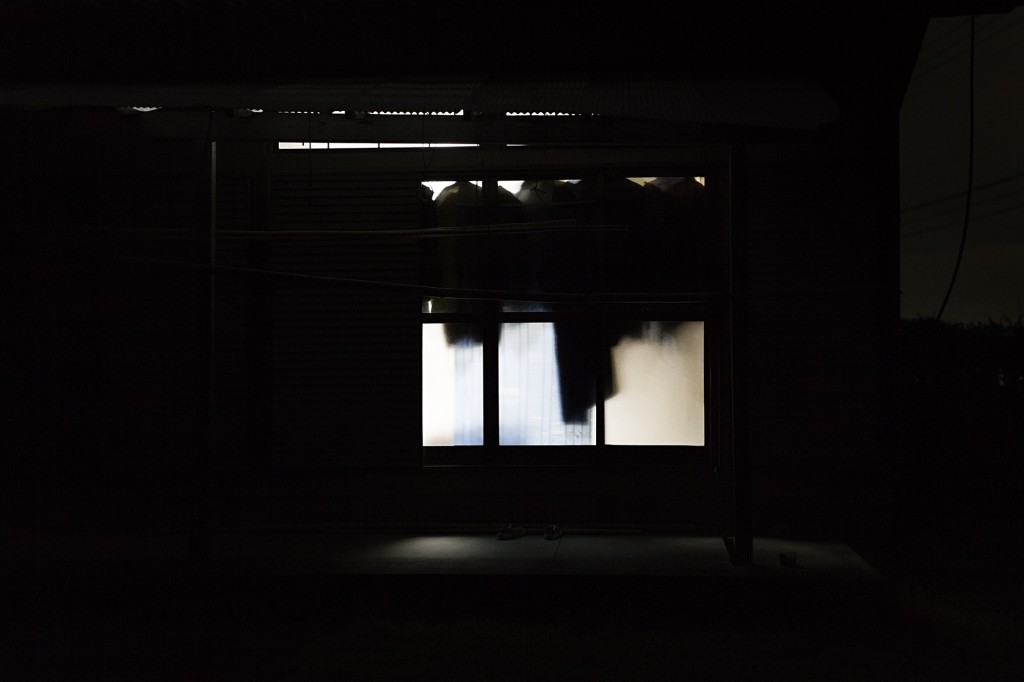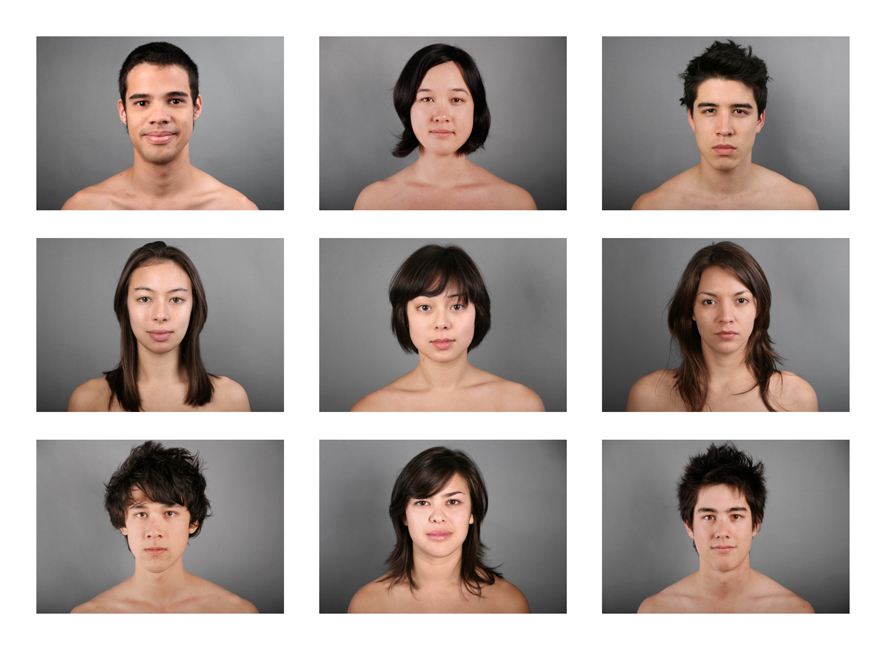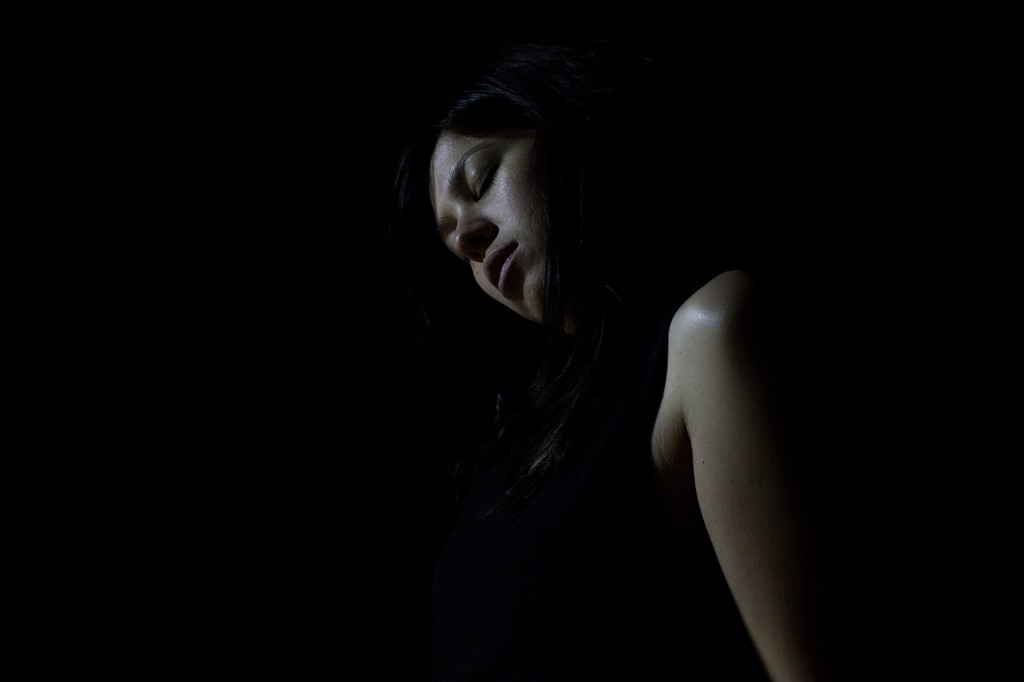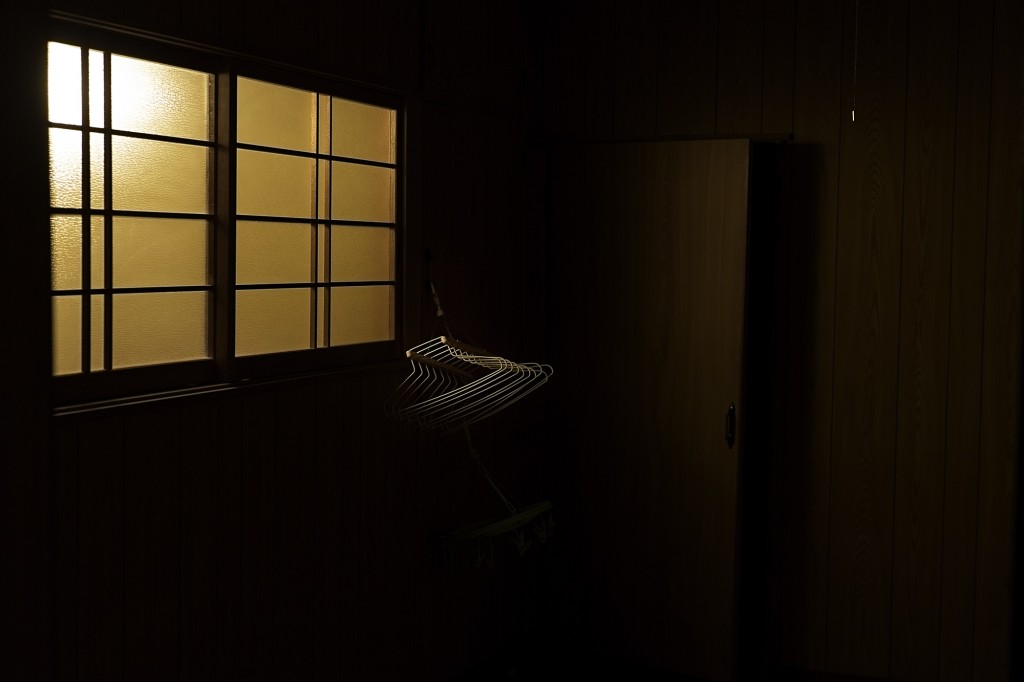
Pia Johnson is a photographer and visual artist based in Melbourne. From her mixed cultural background of Chinese and Italian-Australian descent, Pia Johnson has been investigating subjects of diaspora, belonging and otherness through her photomedia practice. Upon the opening of her exhibition ‘In a dim light…’ at Edmund Pearce Gallery, Peril spoke to the artist about light, displacement and otherness.
PERIL: Can you please describe your practice?
PIA: I am a visual artist and photographer, and my practice seeks to investigate issues about cultural difference, diaspora and identity. These concerns have stemmed from my mixed cultural background of Chinese and Italian-Australian descent. My work engages with the social and personal aspects of understanding cultural identity, seeking to bring to the front ideas around belonging and otherness.

PERIL: Can you describe how you came to create ‘In a dim light…’?
PIA: ‘In a dim light…’ is a series that I created whilst on residency at Studio Kura, in Itoshima, Japan. It’s a rural area with lots of rice paddies and greenhouses, has traditional architecture and shrines and is surrounded by bamboo forests and on the other side the sea. The main inspiration for the series came from the house I was living in, a traditional 100-year-old house with tatami mats and screens, in particular at night time. I struggled with insomnia, and found myself up late at night in the house and wandering around the neighbourhood.
PERIL: The idea of ‘light’ and ‘darkness’ seems to dominate this series. They both travel through a range of historically-uncorrelated surfaces: fluorescent lighting through plastics onto glass, peeking through an old window frame onto the hundred-year-old wooden floors…
Why such ‘light’, or ‘darkness’, is essential in exploring the liminal space of displacement, beyond the technical or fundamental role of ‘light’ in photography?
PIA: The quality of light in Japan is very different to Australia. My observation in Itoshima was that people only used artificial lighting only at night, and as it’s a rural farming area people got up with the daylight and went to bed soon after it became dark. So during the day, everything inside the house is natural lit diffused by screens, which creates a beautiful soft look to surfaces and objects. At night however, harsh fluorescent lights fill the rooms in a much more practical and utilitarian way. This harsh contrast at night gave me the sense of feeling displaced and foreign, but it also made everything look quite hyperreal. I think this is why it was so essential to see strong contrasts within the photos, allowing me to convey a range of emotional landscapes through the light and darkness.

PERIL: It sounds like the experience you had at the residency was quite emotional. You’ve spoken about insomnia, displacement and foreignness.
PIA: The residency was an emotional experience for me. It gave me the chance to breathe from my busy life in Melbourne, and more importantly allowed me the opportunity to reflect upon my practice and the type of artwork I’d like to make. I spent a lot of time on my own, with uninterrupted work time either within the house I was living in, or in the studio. I was able to spend part of this time studying Japanese aesthetics, defamiliarising myself with wabi sabi, but also others such as mono no aware (sweet melancholy or pathos of things) and yugen (profound grace). I feel that these studies also affected my emotional experience, making me more aware of the solemnity of things around me, hoping to capture a poignancy of the beauty of objects, and reach for a deeper meaning within the photographs I was taking.
In addition, the foreignness of the location, initial time difference, cultural practices and weather also influenced my emotional experience. I spent the first couple of weeks up most of the night, which does change the way you see your surrounds – new or familiar. I wanted to capture some of the emotions I experienced during these times in the series. As I mentioned before I am interested in exploring concerns about belonging and otherness, and within this foreign context (and in the middle of the night) these ideas can become quite raw, and clarify themselves.
‘In a dim light…’ opens on the 30th October at Edmund Pearce Gallery in Melbourne. The exhibition runs from 29th October to 22nd November 2014.


